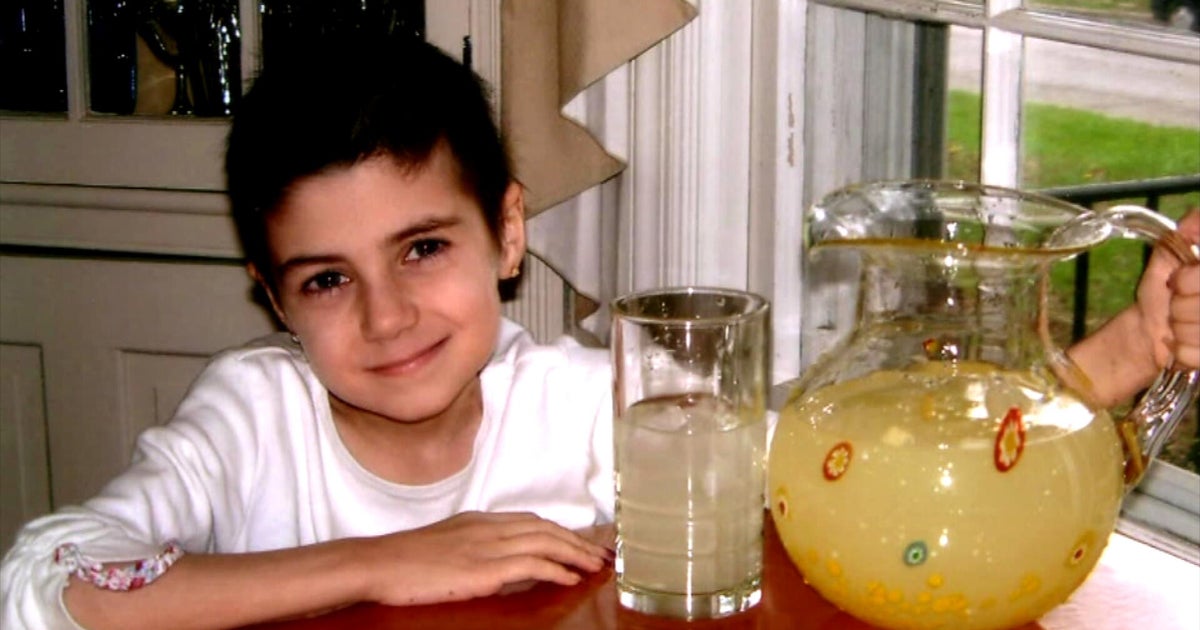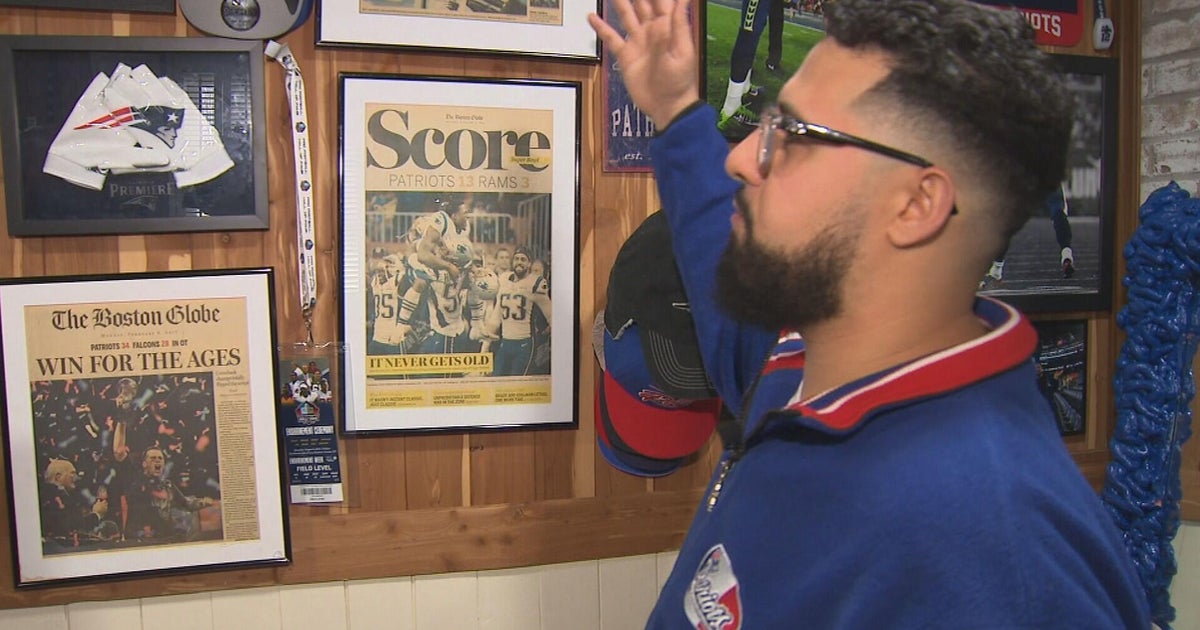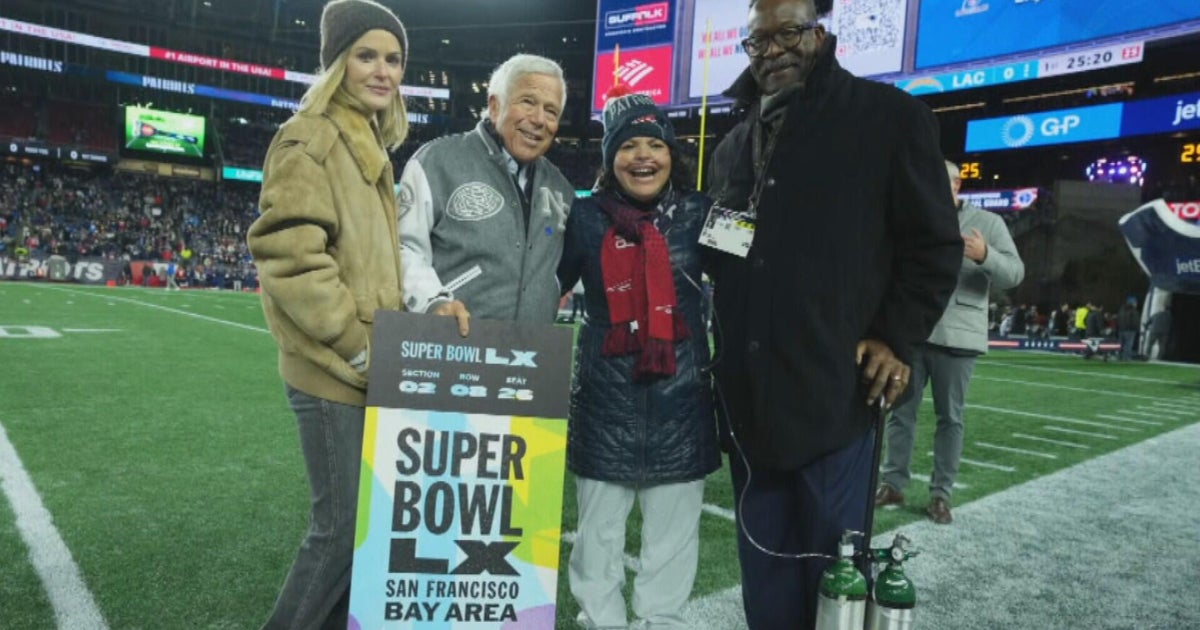By The Numbers: 300 + 300 = A Very Small Number
By Father Gabe Costa
» More Columns
Stuart Cooke is a college baseball player and is presently taking a course on sabermetrics. He is also our By The Numbers guest blogger this week. As you will see, he discusses a pretty exclusive club.
The game of baseball in recent years has become more and more focused on finding players that exhibit the "five tools" (fielding, arm strength, speed, batting power and batting for average). These tools are good indicators of a player's potential for success in the league.
On the offensive side of the ball, batting average, power, and to some extent, speed, are important for a player's performance and ability to help their team score runs to win games. Not many players can master all three of these skills during their career, but there are a select few hitters that have, and they are in the elite 300 career home run (HR) and 300 career stolen base (SB) club. Surely there are groups of people who have produced 30-30 or even 40-40 years, but the 300-300 club is more amazing because a player must be able to continue to excel in these areas over a whole career rather than just a single season.
As of now, there are eight players (listed below) in the 300-300 club, including two active players. A few current players are close to that mark. Bobby Abreu is just 13 home runs shy and Alfonso Soriano is 30 stolen bases short. Oh, and all-time stolen bases leader Rickey Henderson retired three home runs short and Mike Cameron missed the club by 22 home runs and three stolen bases.
I suspect that most players just don't have the ability to average 30 home runs and 30 stolen bases for ten seasons, or maintain their skill level to be able to reach this milestone over a long career.
The eight players in this group have much in common. Seven of the octet were/are outfielders, with the remaining member (Alex Rodriguez) a long-time shortstop who converted to a third baseman. Clearly, all possessed the ability to run well enough to steal bases. And all had enough pop to be considered sluggers.
Within the club, there is one main distinction, and this leads to an interesting analysis. This distinction is whether a player reached 300 home runs before or after stealing 300 bases.
The players can be split up into two groups, based upon which "300" they accomplished first -- home runs or stolen bases.
The group that reached 300 home runs first -- Willie Mays, Andre Dawson, Rodriguez, and Carlos Beltran) -- I will call hitters. I designated the group that attained 300 stolen bases first -- Bobby Bonds, Barry Bonds, Reggie Sanders and Steve Finley -- runners.
I would like to point out that the players are further "split" with regard to another factor -- that is, the differences between their career numbers for home runs and stolen bases. All of the players in the "hitters" group have more home runs than stolen bases. Most have at least 100 more home runs (except for Beltran, who is still active). On the other hand, the players in the "runners" group have numbers that are much closer to each other, and for the most part they have more stolen bases than home runs with the exception of Bonds. Bonds' numbers are an anomaly with respect to the other members in his group.
Only one of the players besides Bonds has more seasons of 30-plus home runs than they have 30-plus stolen bases. Finley is 4-3 in this category, in comparison to Bonds' 13-9. Bonds' ability to continue to hit great numbers of home runs in a season while his stolen-base numbers diminished over time raises some skepticism, especially since he began his career stealing more bases than he hit home runs If one were to make the argument that his SB numbers started decreasing as he grew older, it should have also followed that his HR numbers should have diminished as well, which was not the case.
This analysis of the 300-300 club members allows for one to compare how a player has changed over his career with respect to players with similar game styles. It's even more so when the players in a certain group follow a certain pattern.
It's easier to notice outliers -- in this case, Bonds -- and look for reasons why the peculiarity occurs. I think that there should be more distinct classifications for players with similar attributes, so that can be evaluated against their peers (past, present and future). This would allow us to gain better knowledge about the factors that influence a player's statistics over his career.
Wow, Steve Finley and Reggie Sanders? Sound off with your thoughts and comments below...







